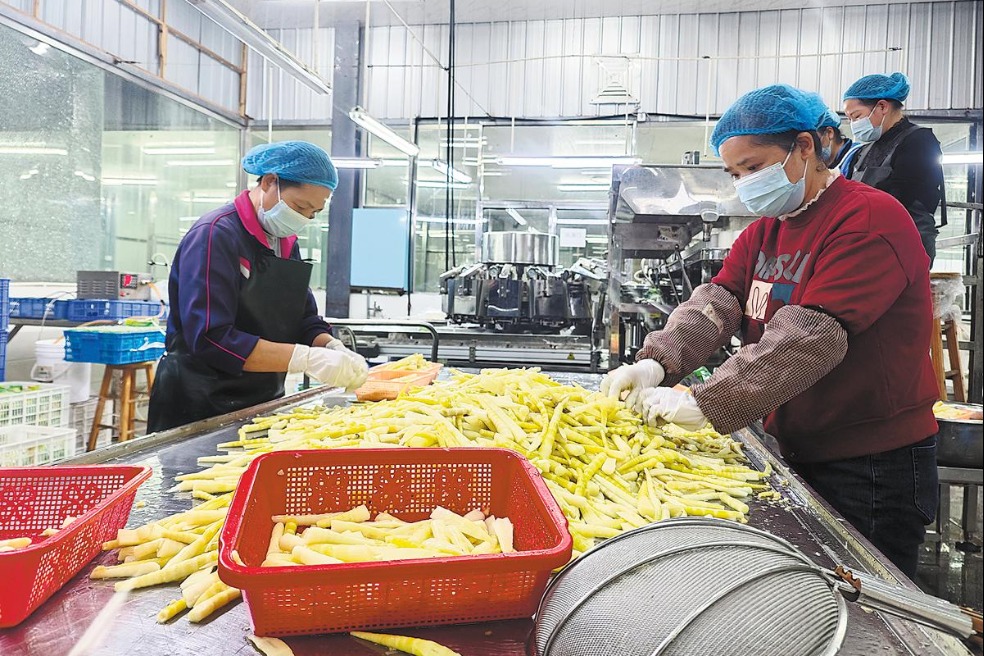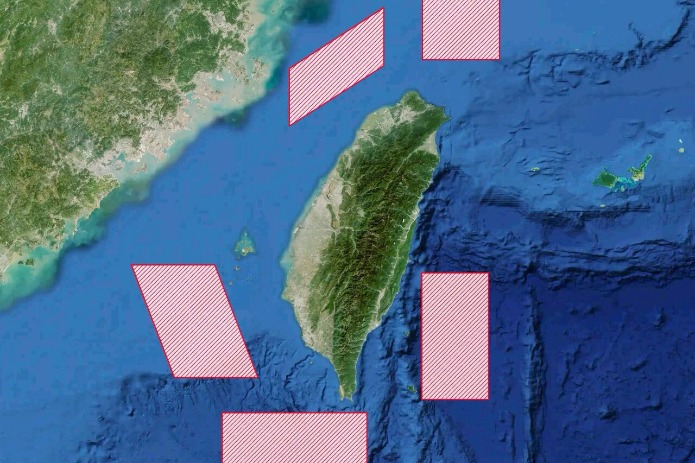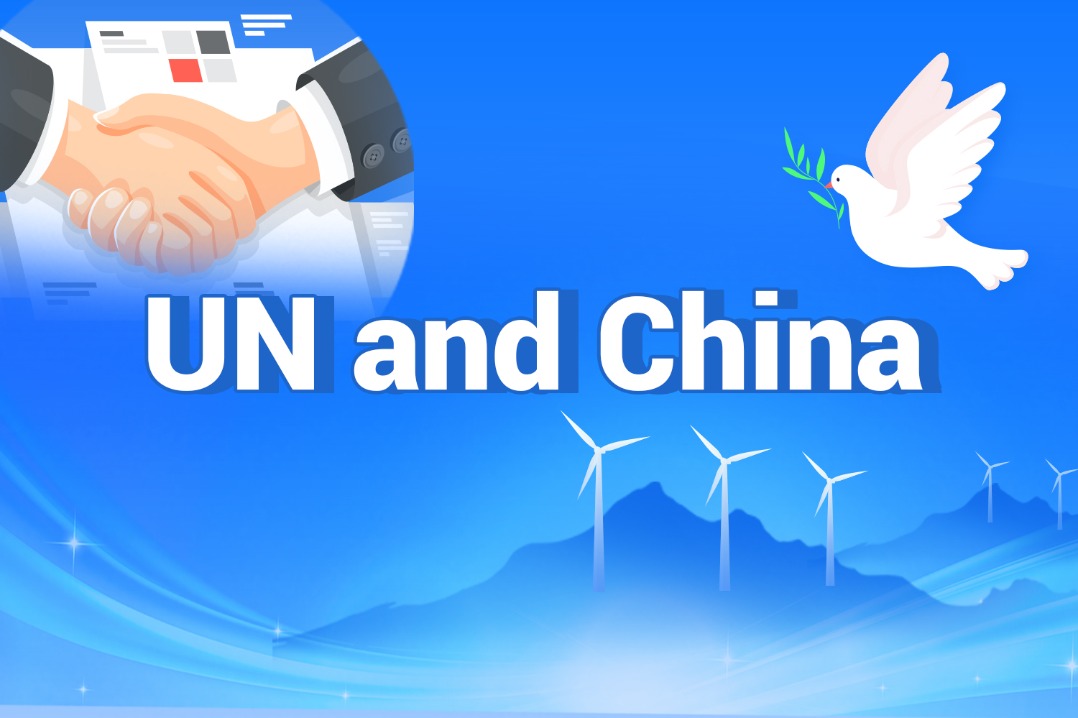IEA opens taps but crude keeps rising

Member countries of the International Energy Agency, or IEA, on Tuesday agreed to release 60 million barrels of crude reserves-half of it from the United States-to try to curb soaring oil prices stemming from the Ukraine-Russia conflict.
But Brent crude rose to nearly $107 a barrel after the announcement, its highest level since 2014, and energy experts said the release won't do much to stop surging prices.
'Not enough'
"The bottom line is this is not enough to cool off the market. It's a bit of a Band-Aid solution," said Michael Tran, managing director of global energy strategy at RBC Capital Markets.
Robert Yawger, vice-president of energy futures at Mizuho Securities, said: "You need to super-size the numbers." Russia plays an outsized role in global energy markets. Its exports of 5 million barrels of crude per day amount to about 12 percent of the global oil trade. Some 60 percent goes to Europe.
In a note on Tuesday, Louise Dickson, the senior oil market analyst at Rystad Energy, said the participating OPEC members are producing about 800,000 barrels a day below their promised stated target levels, "adding to the shortness in the supply market and further stoking the bullish price environment".
The Paris-based IEA said in announcing the release that "global energy security is under threat" because of the conflict.
"The situation in energy markets is very serious and demands our full attention," said Fatih Birol, IEA executive director, putting "the world economy at risk during a fragile stage of the recovery".
The IEA's decision to tap oil reserves represents its first release since the start of the Libyan civil war in 2011. Prior to that, the agency released oil reserves during the 1991 Gulf War and the 2005 hurricane season that included hurricanes Rita and Katrina. The reserves were established in the wake of the Arab oil embargo in 1974.
The IEA also includes Germany, France, the United Kingdom, Italy, the Netherlands, Japan, South Korea and Canada. They hold emergency stockpiles of 1.5 billion barrels of oil.
While half of the release will come from the US Strategic Petroleum Reserve, the rest will come from Europe and Asia.
The US oil release will represent the administration of US President Joe Biden's second tapping of the Strategic Petroleum Reserve of 600 million gallons stored in underground salt caverns in Louisiana and Texas.
In November, Biden announced the release of 50 million barrels of oil from the US reserve, but the measure had only a small impact on oil prices.
Agencies contributed to this story.
Today's Top News
- China to apply lower import tariff rates to unleash market potential
- China proves to be active and reliable mediator
- Three-party talks help to restore peace
- Huangyan coral reefs healthy, says report
- PLA conducts major drill near Taiwan
- Washington should realize its interference in Taiwan question is a recipe it won't want to eat: China Daily editorial






























